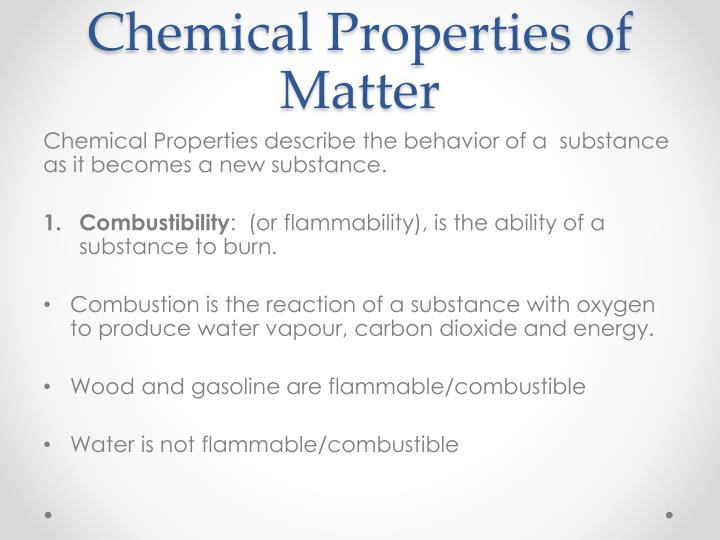

This straight-out-of-fiction strange matter seems to have nothing to deal with our world at first glance. What's more peculiar, strange matter can convert normal matter once they come into contact with each other. Inside them, all atoms collapse due to the intense gravitational force, releasing quarks out of the nuclear boundary.Īt the hyper-pressurized core of neutron star, a trio of up, down and strange quarks can join force to form strange matter, an exotic material with the perfect density and stability, and immune to any type of erosion or damage. They are the remnants of giant stars whose weight more than 10 and 29 times of our Sun. And together with electrons, the two nuclear particles make up all normal matter.īut one thing you can bet on is that strange things happen in our universe, to be exact, in a certain type of dying stars known as the neutron star. For example, a proton has two up quarks and one down quark, while a neutron is made of two down quarks and one up quark. Under normal conditions, quarks always exist in a group of three. Even though no one has yet managed to separate them out individually, the quark family have six members (or flavors, as physicists prefer to call them): up, down, charm, strange, top and bottom quarks.

But what's so "strange" with this matter?Īccording to the standard model of physics, within the nucleus of atoms, you will find the world's smallest unit-quarks. After an observation is made or a question is identified, a hypothesis is made and experiments are designed to test the hypothesis.In particle physics, the term "strange matter" or "strange quark matter" refers to a hypothetical, soup-like existence, made of a trio of quarks.

\): The General Steps of the Scientific Method.


 0 kommentar(er)
0 kommentar(er)
